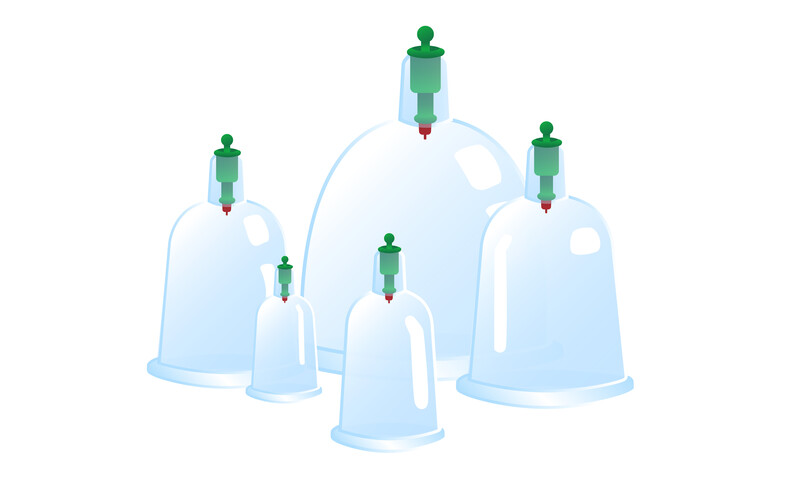
Gardening has long been something that people have done in an effort to grow their own food, save money, and to even earn a living. Not many people think of gardening when it comes to effective options to add to their pain management program. However, there is evidence supporting the idea that if you have chronic pain you may want to gather your gardening tools and start digging.
Horticulture therapy, as it is called, deals with the therapeutic aspects of incorporating plants and gardening into one’s treatment plan. Horticulture therapy has been used for years, and has been studied enough for us to know there are some benefits that make it worth engaging in. In the journal Psychiatry Investigation, researchers found that when patients engaged in horticulture therapy they had an improved quality of life. They report there being a reduction of pain, improved attitude, a lessening of stress, less agitation, and that their need for medications was reduced (1).
Additional research was reported in the journal Alternative Therapies in Health and Medicine. Their study reported that horticulture therapy brought about positive effects on physical health, mental health, and in social interaction. They found that those who participated in the horticulture therapy as part of their pain management program saw improvements both physically and mentally, and had an improved ability to cope with their pain (2).
Even if you are new to gardening, don’t shy away from it. You can always start small and slow and see where it takes you. There are a variety of ways you can engage in gardening, so that it fits where you live. Whether you have a plot of land out back, you get a raised bed garden, or you take up container gardening there are options for everyone. The first step to take is to determine what type of garden will work for your lifestyle. Then you can start working on what you will plant. Once you get going you will be able to make changes and expand your garden if it suits you. Another good option is to consider joining a local gardening club, as many cities do have them. This will give you an opportunity to learn more about gardening, as well as meet others who you can share the experience with, gaining social benefits, too.
Adding complementary therapy options to your pain management program may bring you the relief you can’t find elsewhere. Adding horticulture therapy to your program will give you a relaxing, mind-clearing way to help ease pain and improve your quality of life. Plus, you can make a salad with this type of complementary therapy, so you have an added health benefit
Sources
- Psychiatry Investigation. 2012 Jun; 9 (2): 100–110.
- Alternative Therapies in Health and Medicine. 2012 Mar-Apr;18(2):44-50







